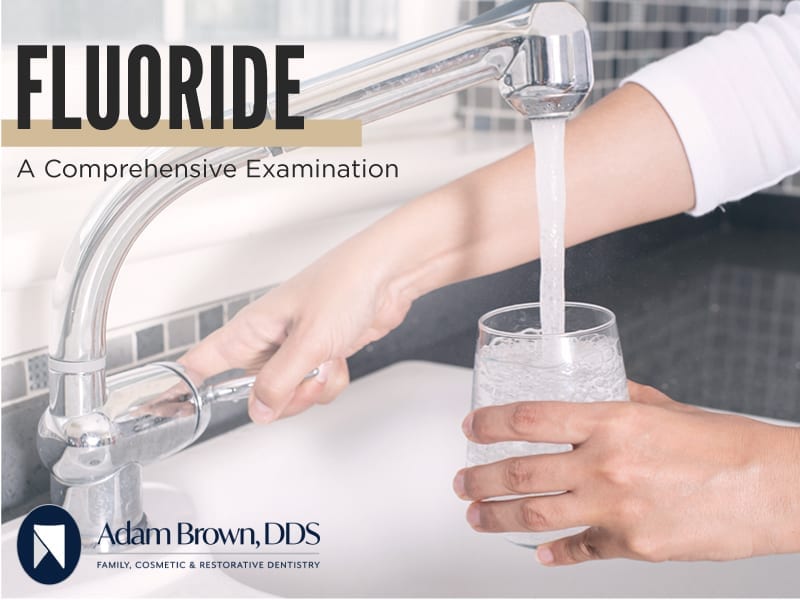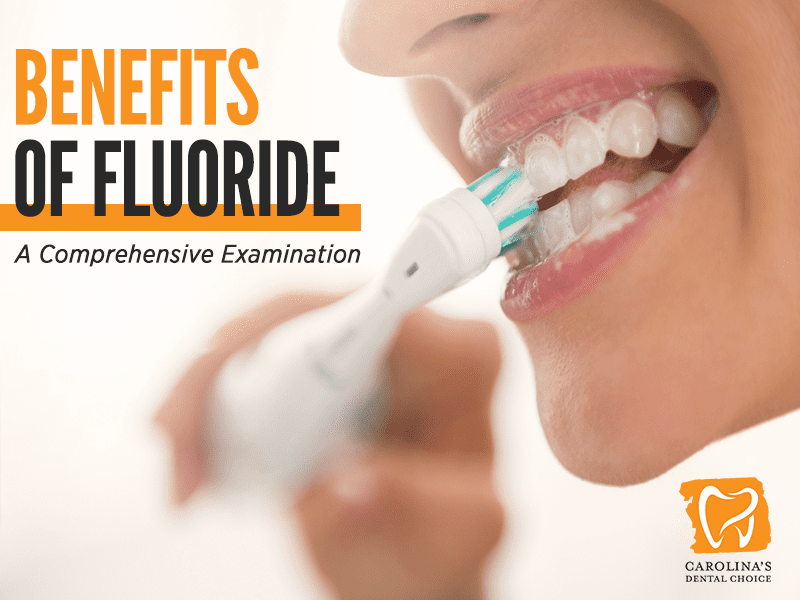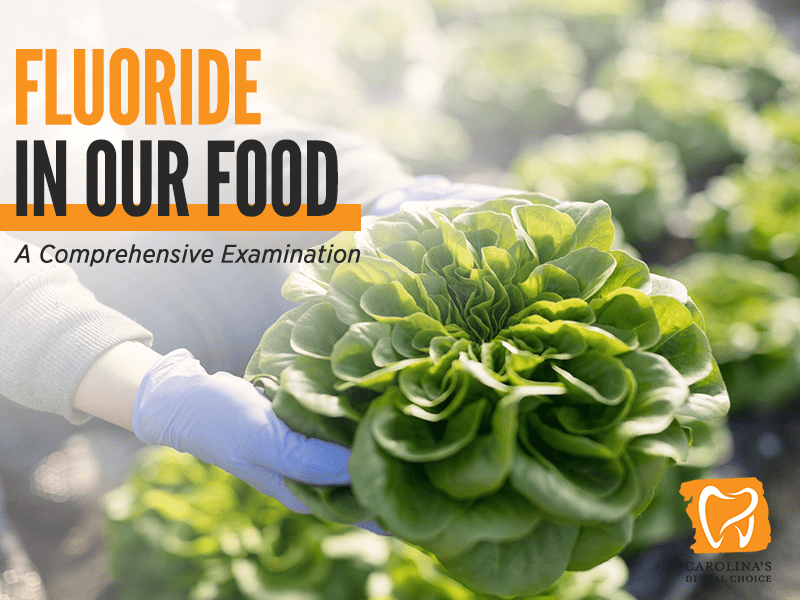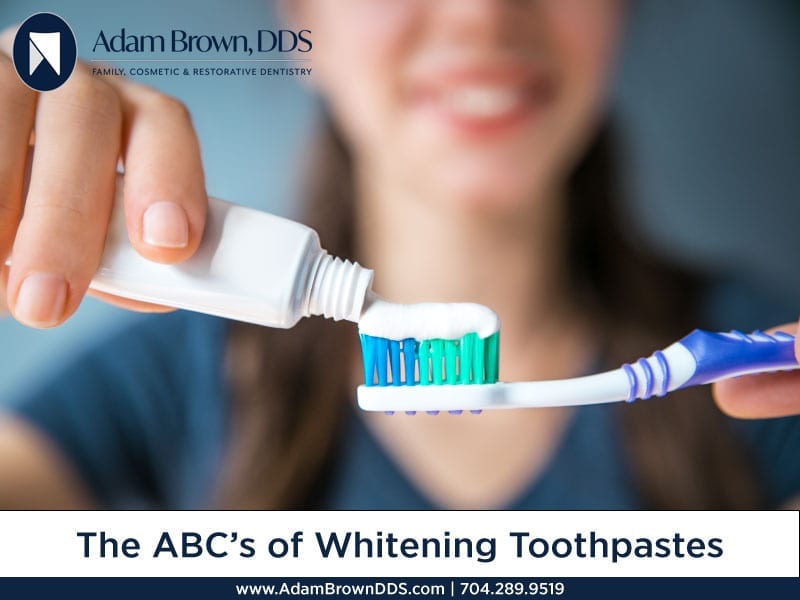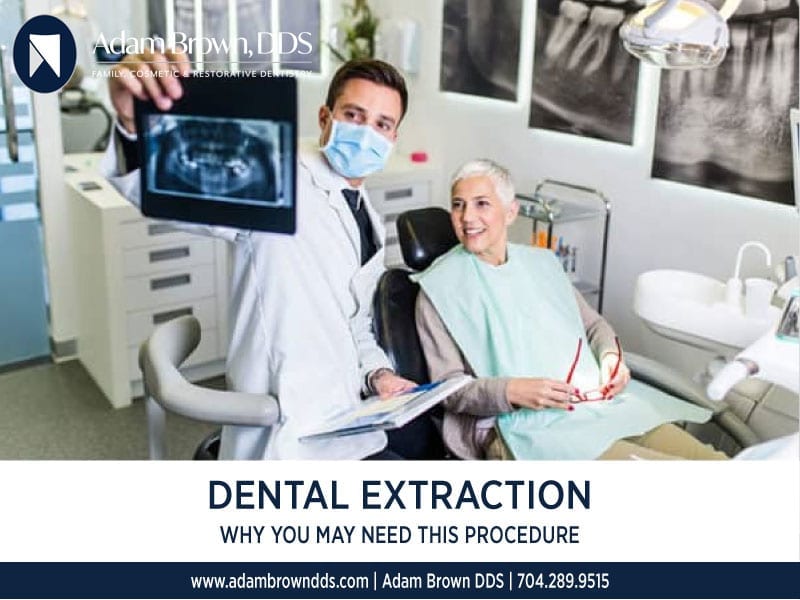Fluoride: A Comprehensive Examination
Fluoride. We’re all familiar with the substance. In fact, it’s so common in our modern society, that we tend to take for granted what a complex mineral it actually is.
The Basics of Fluoride
So, what exactly is fluoride anyway? If you’re hunting for it on the Periodic Table, you’ll need to update your search a bit. Fluoride actually gets its name from the naturally occurring element Fluorine (F). Fluorine in its purest state is a gas that can be irritating to people when they are exposed to it. However, add a little sodium into the mix and suddenly, you have the fluoride we’re all familiar with; an easily dissolvable, safe in small doses, inhibitor of dental cavities substance. Fluoride can be found in everything from the water you drink to the food you eat. Additionally, it’s used to help waterproof and stainproof items (think Gore Tex®) and is even used in welding as well as the process of frosting glass.
Fluoride in Our Water
Let’s start our fluoride journey with a short lesson in history. Chances are, the tap water you’re currently drinking is supplemented with a small amount of fluoride to aid the general population in maintaining a healthy, white smile. But did you ever consider how the idea to add fluoride to your water came to be? You might be surprised to learn that the first city to add fluoride to their water, Grand Rapids, Michigan, did so back in 1944. However, this was not before over 40 years of research was performed as a way to better understand the relationship between teeth and fluoride.
Dr. Trendley Dean, head of the Dental Hygiene Unit at the National Institute of Health, was responsible for the initial introduction of fluoride into the public water system. As a doctor, he witnessed mottled enamel in populations where the water supply contained a higher concentration of fluoride. While he noticed that mottled enamel from excess fluoride exposure created unsightly brown spots on teeth, he also observed that those same patients had an unexpectedly high resistance to cavities. This triggered the idea that smaller, more manageable doses of fluoride could potentially be beneficial to communities as a whole. He presented his findings to the city of Grand Rapids and convinced them to add it to the community’s water supply. After 15 years of testing, it was determined that children born after the fluoride had been introduced into the city’s system decreased their risk of getting cavities by as high as 60%. Today over 200 million Americans benefit from the addition of fluoride in their water systems and worldwide that number is even higher.
The Benefits of Fluoride
We now have a better understanding of what fluoride is and where it comes from, but what about the risks and benefits? As with any substance, there is a laundry list for both. Let’s first explore some of the benefits of using fluoride, especially as it pertains to human health.
When we think of the benefits of using fluoride, our minds instantly turn to the positive outcomes in dental health and for good reason. Study after study proves the benefits that the consistent use of fluoride has on our smiles and, in turn, our overall health. Here are a few quick facts taken from the American Dental Association (ADA) as it relates to fluoride:
- Fluoride is a natural substance
- It is safe and effective in protecting against tooth decay
- Fluoride in drinking water has reduced tooth decay in the US by 20% to 40%
- Children specifically have seen a 35% reduction in decayed or missing baby teeth
- Fluoride not only helps prevent cavities but also helps to strengthen enamel
- It can reduce the occurrence of demineralized enamel in addition to aiding in the remineralization of currently affected areas
Fluoride also has benefits to human health outside of teeth. A recent study published in 2018 in the Journal of Fluorine Chemistry provides evidence that adding fluoride into cancer-fighting drugs can increase their overall effectiveness. Researchers learned that the addition of fluoride helped anti-cancer drugs to better permeate membranes and more effectively target the bad cancer cells versus traditional chemotherapy which targets both good and bad cells. Creating a more targeted and stable cancer-fighting drug can essentially help people to live longer and maintain a higher quality of life.
Understanding the Risks
While fluoride has revolutionized modern-day dental care, it can still pose risks if consumed at elevated levels. Let’s dive in and examine a couple of the more common risks and side effects caused by excessive fluoride consumption.
Dental Fluorosis is a condition that can occur in young children under the age of eight who are exposed to excessive amounts of fluoride. It appears on the teeth as white streaks or spots and can usually be detected by your dentist. Children at this age are still developing their adult teeth beneath the gum line which is where the condition can occur. Once teeth penetrate through the gum line, fluorosis will stop developing. Typically, mild fluorosis will not affect the way a child’s teeth function and can sometimes improve the enamel’s ability to fight decay. That being said, it is always best to aim for the right level of fluoride for your child’s needs. Here are a few helpful tips to ensure your child is on the right track with their fluoride consumption.
CHILDREN UNDER 3 YEARS OLD
- If possible, breastfeed your child exclusively for the first six months and then add in solids while continuing to breastfeed for at least 12 months.
- If you are using formula, be sure to consult with your doctor regarding the best type to use as some infant formulas contain fluoride in the powder which, if mixed with fluoridated water, could potentially cause extra fluoride to be consumed.
- Once teeth begin to appear, follow the ADA guidelines that suggest brushing teeth twice a day.
- Be sure to use no more than the recommended amount of toothpaste when cleaning your child’s teeth.
CHILDREN AGES 3 TO 8
- Continue to follow the ADA guidelines that suggest brushing teeth twice daily.
- Teach children to only use a pea-sized amount of toothpaste when brushing their teeth. A little goes a long way!
- Educate your children on fluoride safety by showing them how to spit out their toothpaste when finished instead of swallowing. Fluoride-free toothpaste works great at this age to help prevent swallowing accidents.
- Never use mouthwash at this age because many times kids will swallow more than they spit out due to the fact that they don’t yet have a fully matured swallowing reflex.
Skeletal Fluorosis is a more severe condition caused by excess fluoride over a prolonged period of typically 10 or more years. In addition to affecting the teeth, skeletal fluorosis can also affect the bones and joints causing severe pain and sometimes even disability. This type of fluorosis is present worldwide and is endemic in certain countries with water supplies containing naturally elevated levels of fluoride.
Other potential issues and side effects of excess fluoride include acne, fertility issues, high blood pressure, and hyperparathyroidism. It is important to note that none of these issues will result from simply drinking tap water. All of these outcomes are a result of excess fluoride consumption in addition to regulated levels. If digested in the proper dose, the health benefits of fluoride almost always outweigh the risks.
Fluoride in Food
In addition to toothpaste and tap water, you might be surprised to learn that fluoride also exists in some of the everyday foods we eat. Let’s examine a few of the options below.
Black Tea – a single cup of black tea can contain as much as 9% of a man’s daily fluoride needs and up to 13% of a woman’s. This fluoride is found in the tea leaves themselves and is not due to the use of fluoridated water. Older leaves contain more fluoride than younger leaves and green tea contains higher levels than black. Higher quality tea tends to consist of younger leaves, so when looking at brands, quality really does matter in this instance. Adding fluoridated water to your tea will up the overall percentage.
White Wine – One glass of white wine such as chardonnay, can contain up to 7.5% of a man’s daily fluoride needs and up to 10% of a woman’s. Wine consumption should be limited to no more than two glasses a day for men and one glass for women. Additionally, choosing wines produced outside of California and/or the United States will typically also lower the levels of fluoride in the product.
Canned Crab – While other kinds of seafood such as oysters also contain fluoride, canned crab takes the crown for the highest levels. A 3.5 ounce serving of canned crab contains just over 5% of a man’s daily allowance and 7% of a woman’s.
Baked Potatoes – One decent-sized baking potato contains approximated 3.5% of a man’s daily intake of fluoride while for women that number is a bit higher at around 5%.
To put these numbers into a bit more perspective, note that daily intake overall for men should be 4 milligrams whereas for women it’s a bit less at 3 milligrams.
Fluoride is a vital tool in the fight for healthy teeth and gums. When used correctly, it can prevent cavities from forming and help you to maintain a bright, white smile. If you have any additional questions about fluoride or are curious about how we use fluoride to aid in your dental health, please don’t hesitate to contact our office at any time. We look forward to hearing from you!
Works Cited
Biolase. “Five Fascinating Facts About Fluoride.” BIOLASE, 24 Aug. 2018, https://www.biolase.com/blog/five-fascinating-facts-fluoride/.
“Fluoride.” Oral Health Foundation, https://www.dentalhealth.org/fluoride.
“Fluorosis.” Mouth Healthy TM, American Dental Association, https://www.mouthhealthy.org/en/az-topics/f/fluorosis.
Kerns, Michelle. “Foods Containing Fluoride.” LIVESTRONG.COM, Leaf Group, https://www.livestrong.com/article/532986-foods-containing-fluoride/.
Krishnamachari, K A. “Skeletal Fluorosis in Humans: a Review of Recent Progress in the Understanding of the Disease.” Progress in Food & Nutrition Science, U.S. National Library of Medicine, 1986, https://www.ncbi.nlm.nih.gov/pubmed/3295994.
Nordqvist, Christian. “Fluoride: Risks, Uses, and Side Effects.” Medical News Today, MediLexicon International, 21 Feb. 2018, https://www.medicalnewstoday.com/articles/154164.php.
“The Story of Fluoridation.” National Institute of Dental and Craniofacial Research, U.S. Department of Health and Human Services, July 2018, https://www.nidcr.nih.gov/health-info/fluoride/the-story-of-fluoridation.

